10 Mind-Blowing Facts To Know About The UK’s Rarest Animals
Check out these 10 awesome facts about some of the UK's most rare and incredible wildlife! Discover what makes these creatures so rare and so special!
Britain is home to some of the world's coolest wildlife! From our oceans and rivers to our forests and hedgerows, we've got some incredible critters - including some super rare ones! We've got 10 mind-blowing facts all about the UK's rarest animals just for you! Find out which animal has a surprisingly loud snore, which bird used to be mistaken for a vampire, and how many seals we have (hint: loads!). And if you liked these, you can check out more animal facts here! Or how about these superb seal facts? What about these brilliant barn owl facts? You might even like these dotty ladybird facts!
1. Red Squirrels Live In Nests
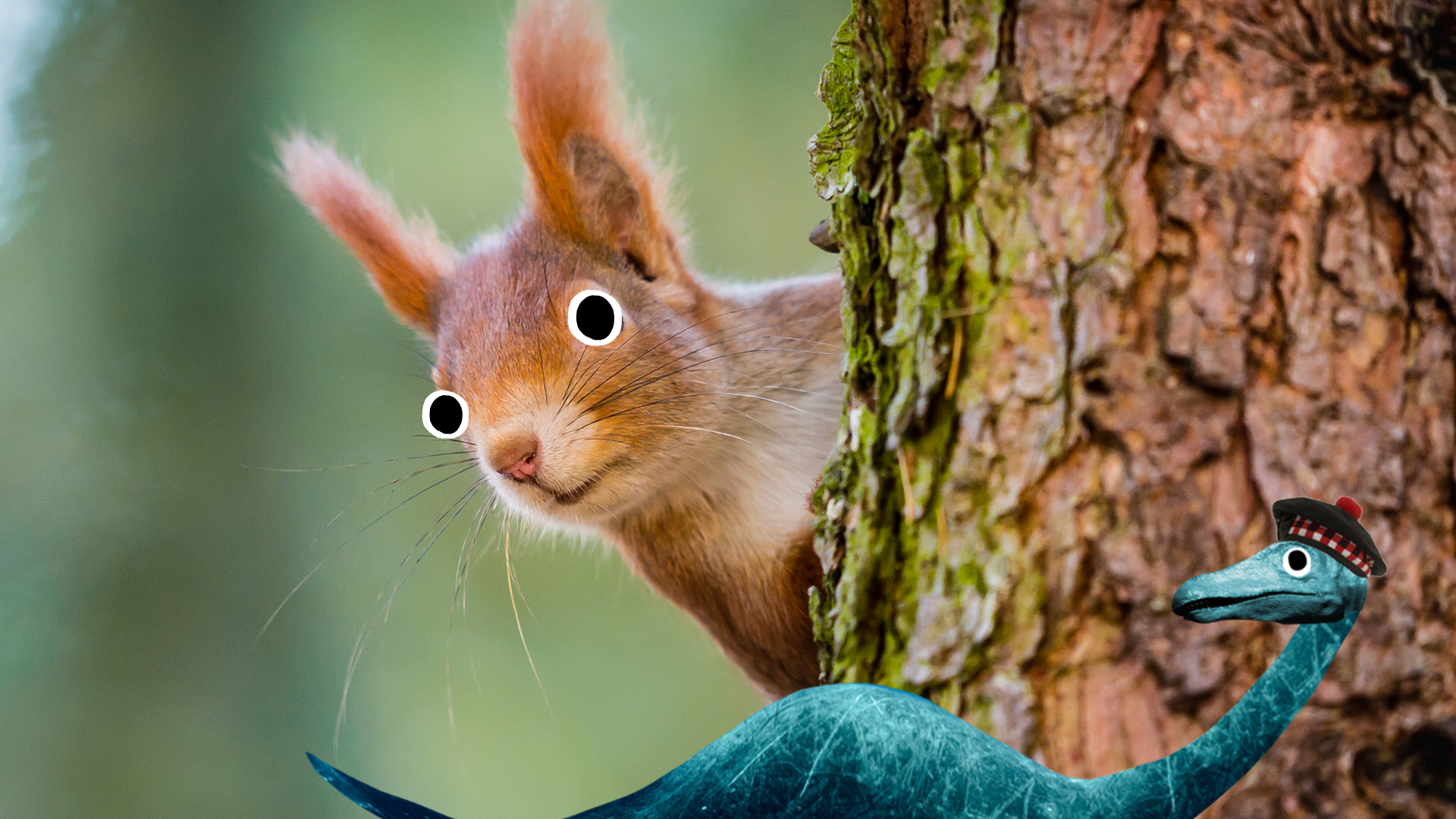
Red squirrels are native to the UK - unlike grey squirrels, who originally come from North America. Although they used to live all over Britain, sadly now they can only be seen in places like the Scottish highlands and the Lake District. Red squirrels, just like birds, make nests! A red squirrel nest is called a 'drey' and is made from twigs, moss, leaves and sometimes even wool. They usually have more than one nest, and will sometimes move their babies between them!
2. The Capercaillie is a Type of Grouse
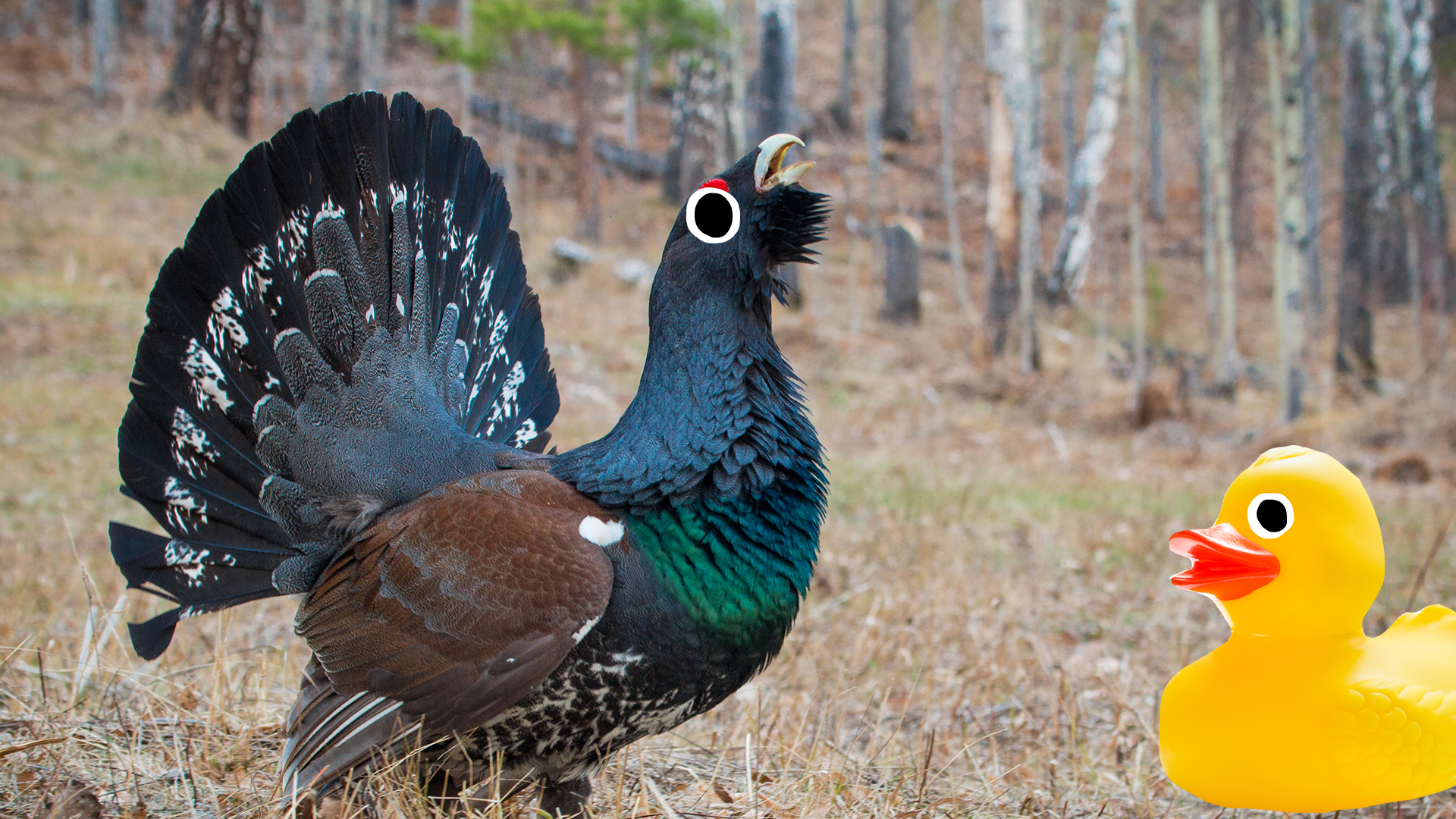
If you've ever been lucky enough to spot the magnificent capercaillie, you'll know how special they are! Capercaillies are very rare now, and live only in northern Scotland. Although they look quite like a turkey, they are actually a type of grouse, a brown game bird also found (but much more frequently) in the UK. Capercaillies are endangered, and need our help to protect them!
3. Hazel Dormice Sometimes Snore!
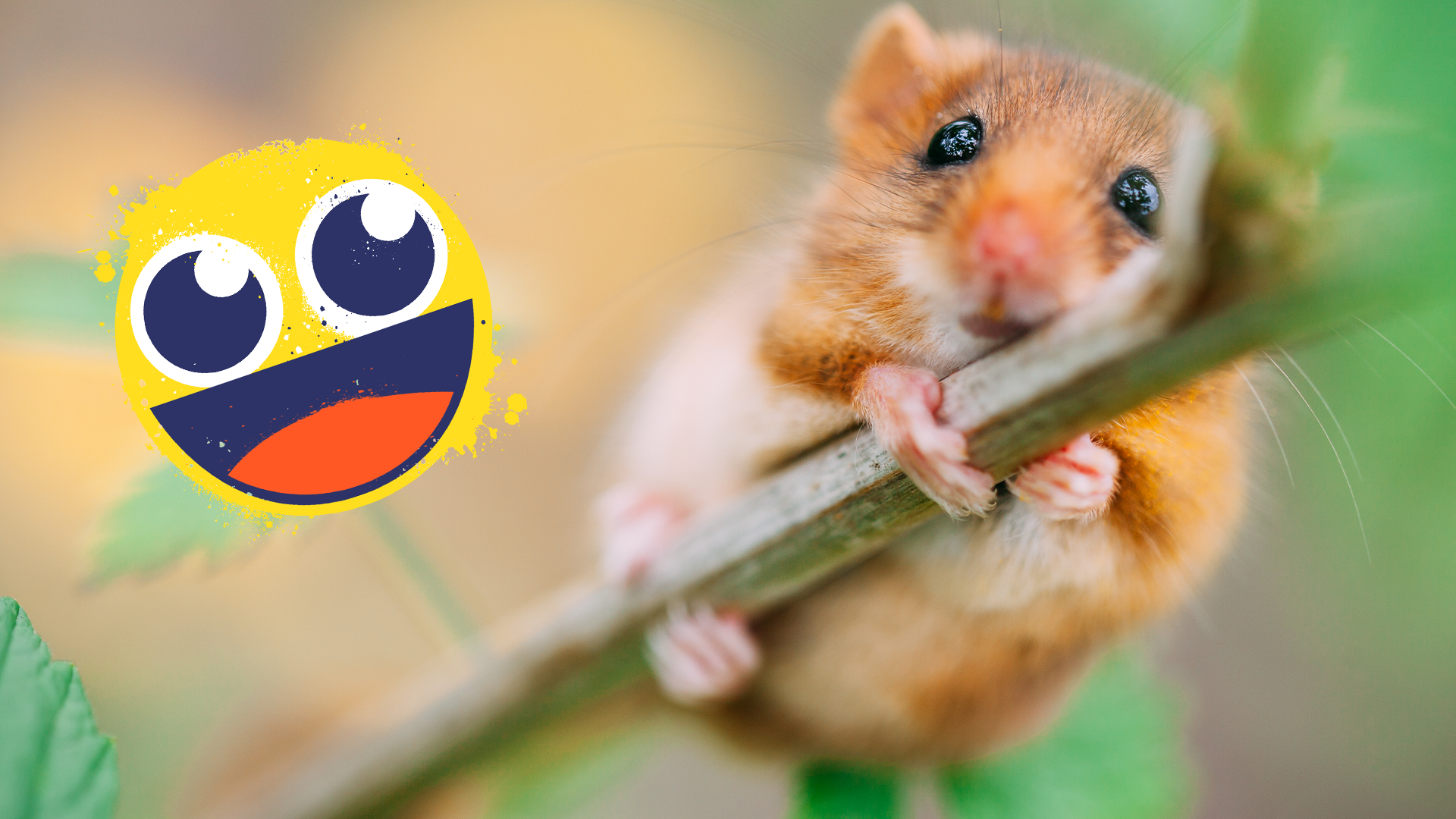
This might just be the cutest character on the list - it's the hazel dormouse, a tiny rodent that is also one of Britain's rarest mammals. They live mostly in woodlands and survive on nuts, berries and other plants. Hazel dormice also hibernate in winter, spending almost 7 months asleep! And did you know they've been recorded snoring? Adorable!
4. Scottish Wildcats Only Live in the Scottish Highlands
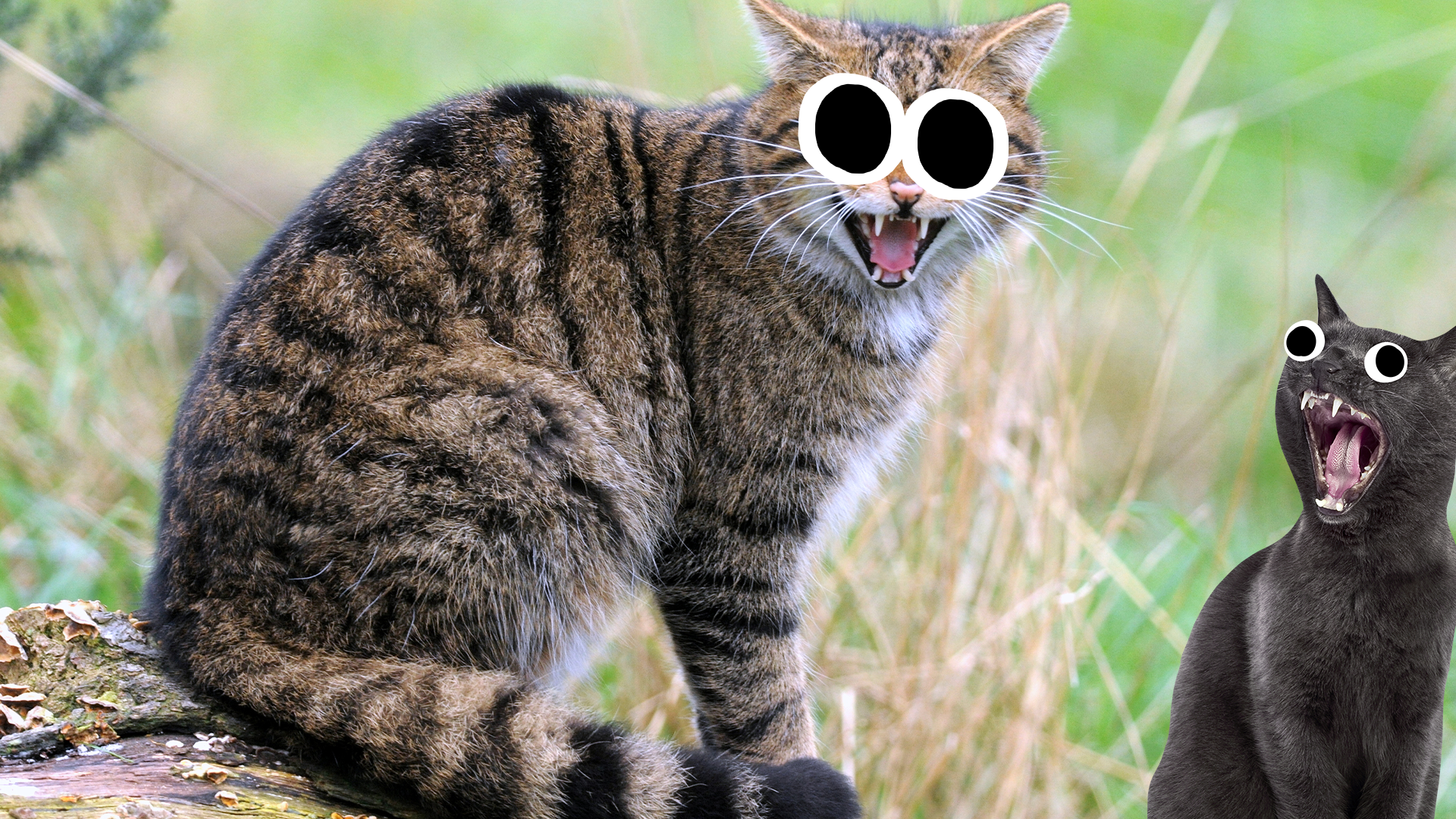
The clue is in the name 'Scottish wildcat!'. Although the wildcat might look like a normal tabby, they are actually different from house cats - they are bigger and stockier with a different tail. Sadly, Scottish wildcats are on the decline, and currently you can only find them in the highlands. They are also super shy, so you'll be VERY lucky to spot one!
5. Water Voles Inspired The Wind in the Willows
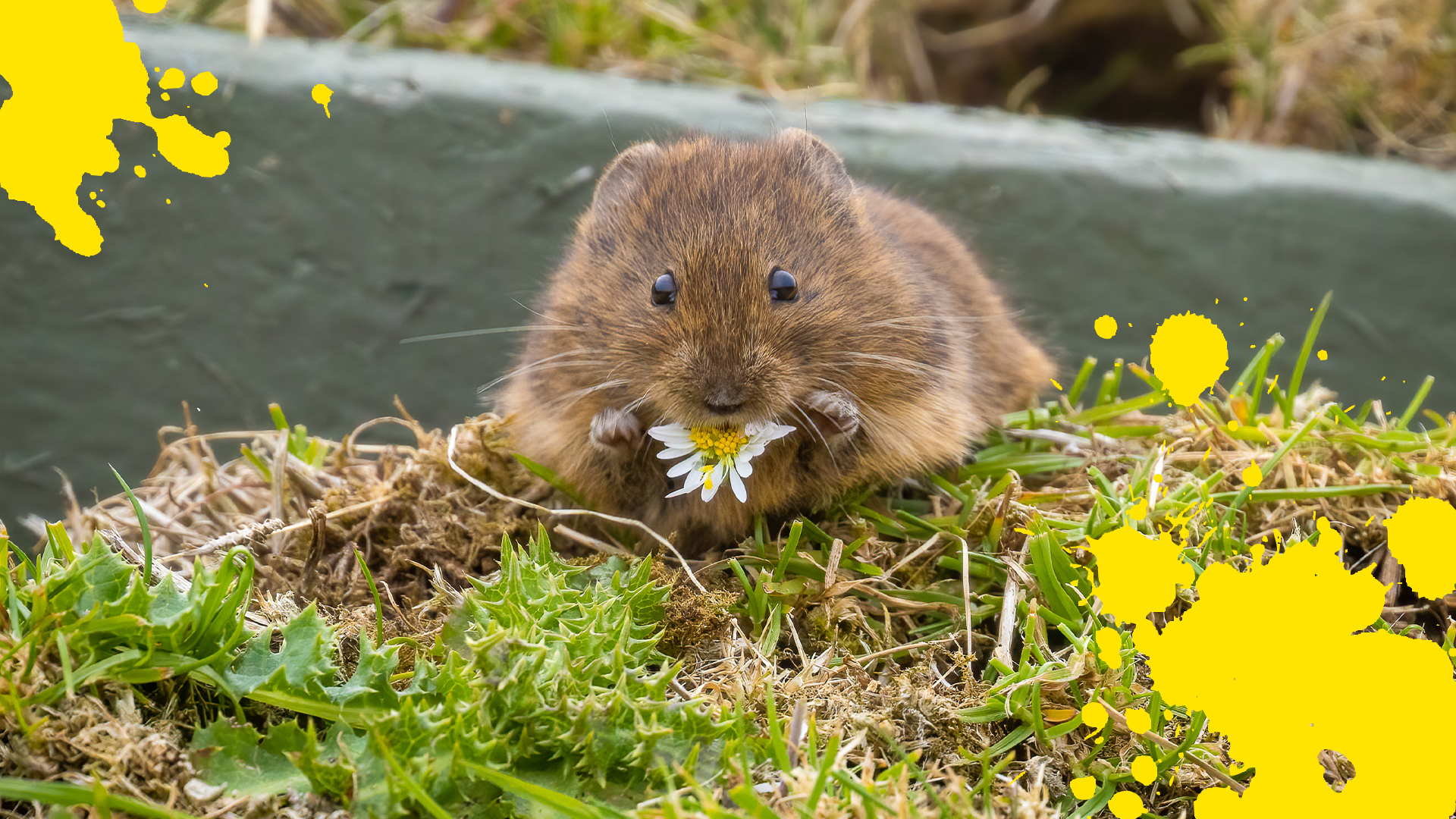
Did you know that Ratty in The Wind in the Willows isn't a rat at all? He's a water vole! Yup, despite being called a water rat, he's actually a vole - there's no such thing as a water rat! Water voles make their homes on the banks of rivers and ponds (although they don't have a boat like Ratty!) If you're lucky, you can spot one in most parts of the UK!
6. The Nightjar is Surrounded by Folklore
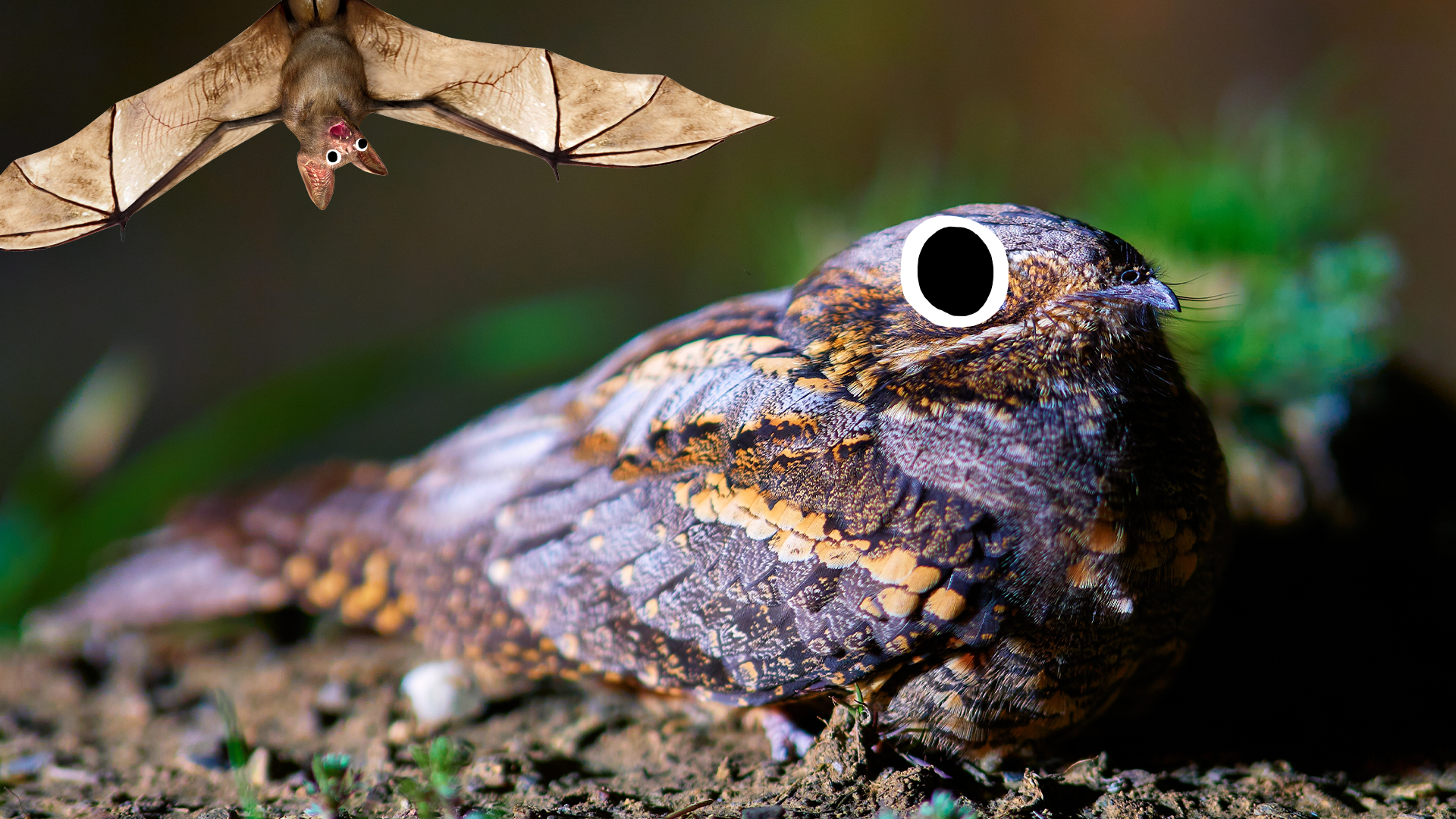
The nightjar is quite an odd looking bird, and, unsurprisingly, is most active at night! They only visit the UK for a few weeks in summer, and if you listen out you may hear their sort of creaking chirrup! Although nightjar numbers have increased over the last few years, they are still endangered! Nightjars are found all over Europe and the world, and have some odd folklore attached to them - they have been called 'goatsuckers' because it was originally thought that they survived on goats milk! Some old British lore also believes that seeing a nightjar is unlucky, and represent the souls of the dead -creepy!
7. Bechstein's Bat is One of the Rarest Mammals in Europe
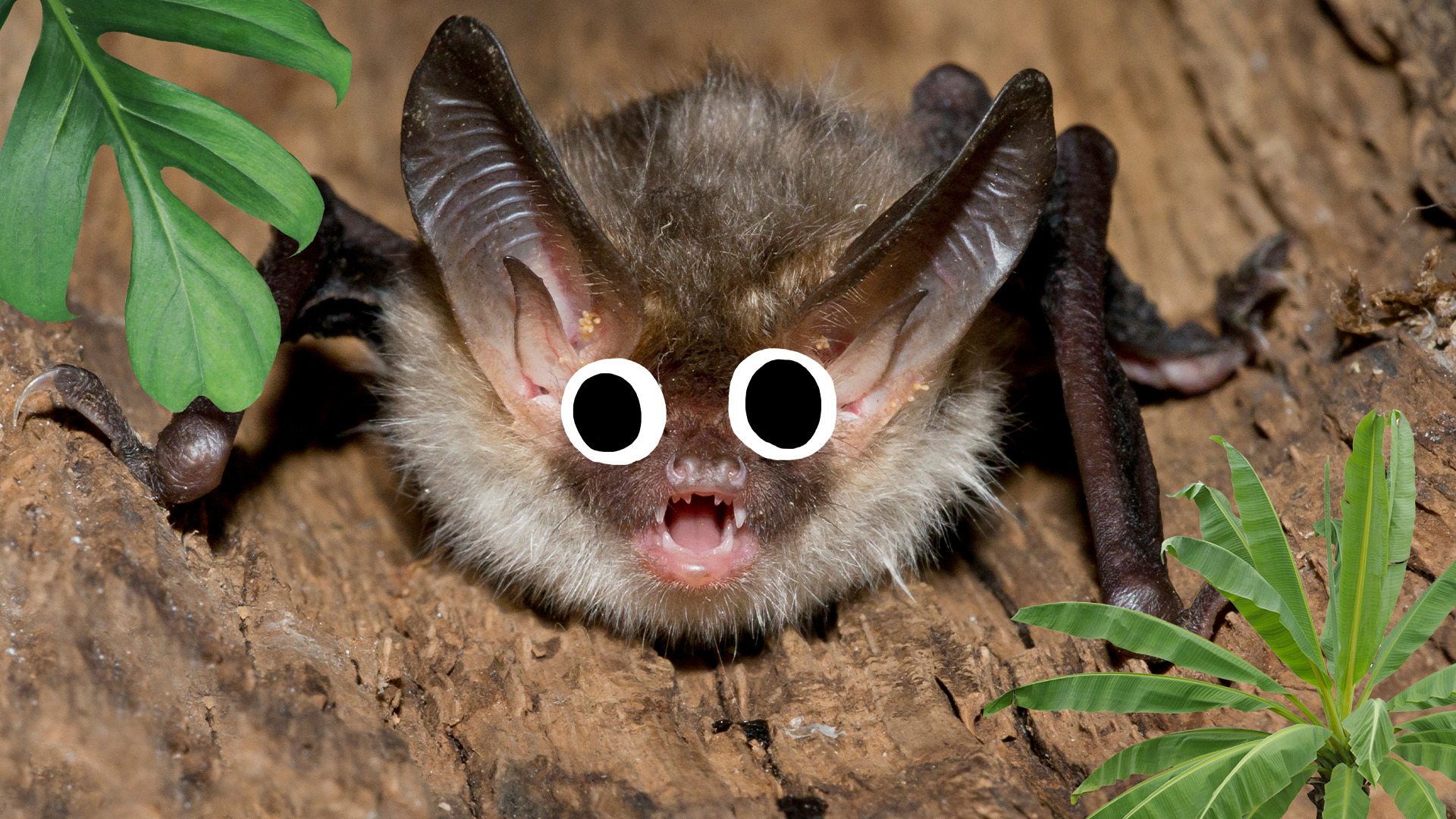
We don't know who Bechstein is...but we love his bat! This big-eared bat is not only rare in the UK, but all across Europe! They can only be found in the southern regions of England and Wales, and are nocturnal. Bechstein's bat feeds mostly on insects, and lives mostly in woodland areas. The reason its so rare is because so much of its woodland habitat has been destroyed.
8. The Dark Crimson Underwing Moth is Only Found in the New Forest
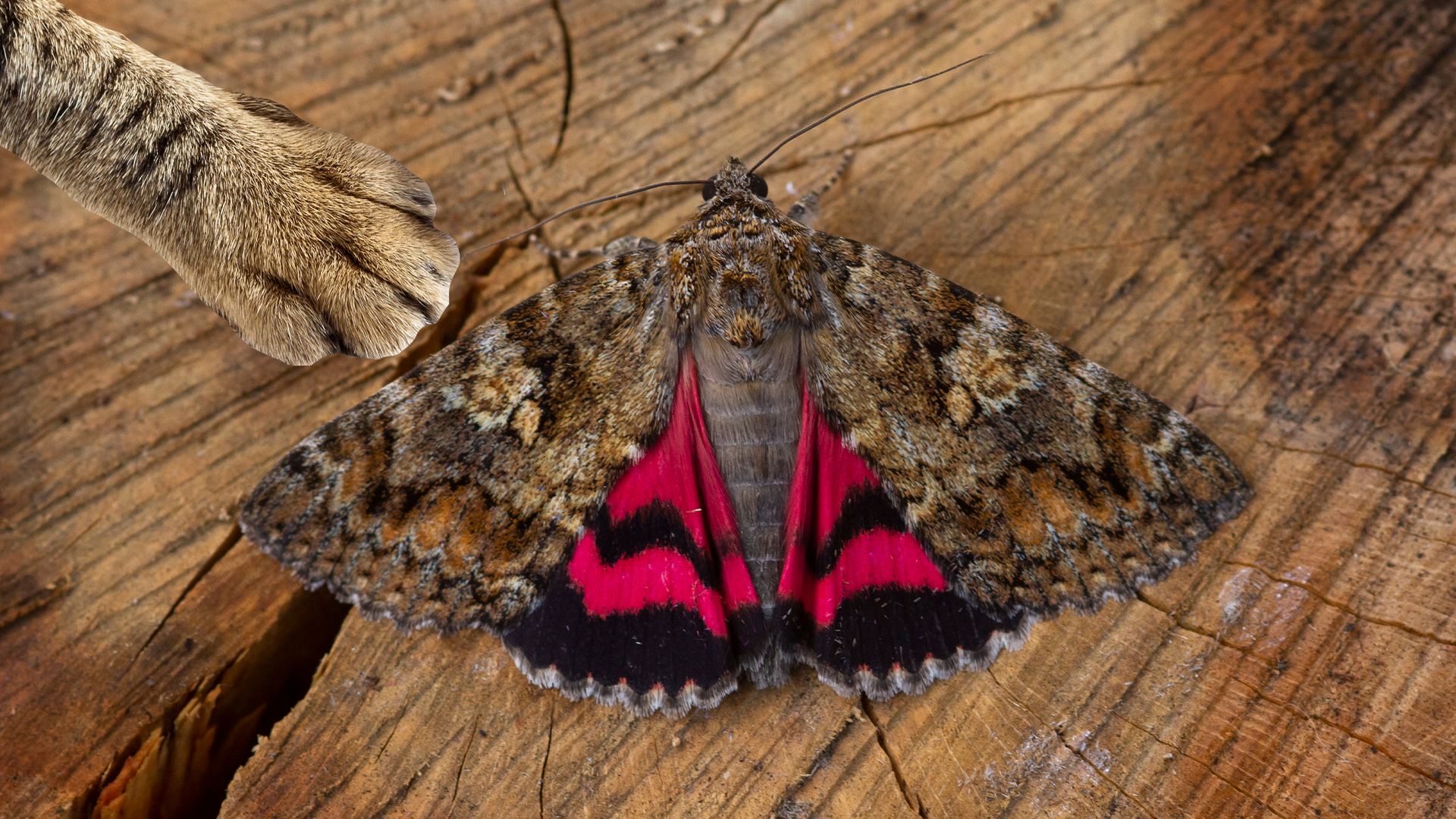
The dark crimson underwing is pretty self-explanatory...it's a moth with a dark crimson underwing! Their outer wings are a more normal brown colour, to blend in with trees and bark. It will only bring out its colourful underwings to scare away predators, and their caterpillars look like twigs so they can hide! This cool moth is so rare it's only found in one place in the UK - the New Forest, in Hampshire.
9. Pine Martens Have Blue Poo! (Sometimes)
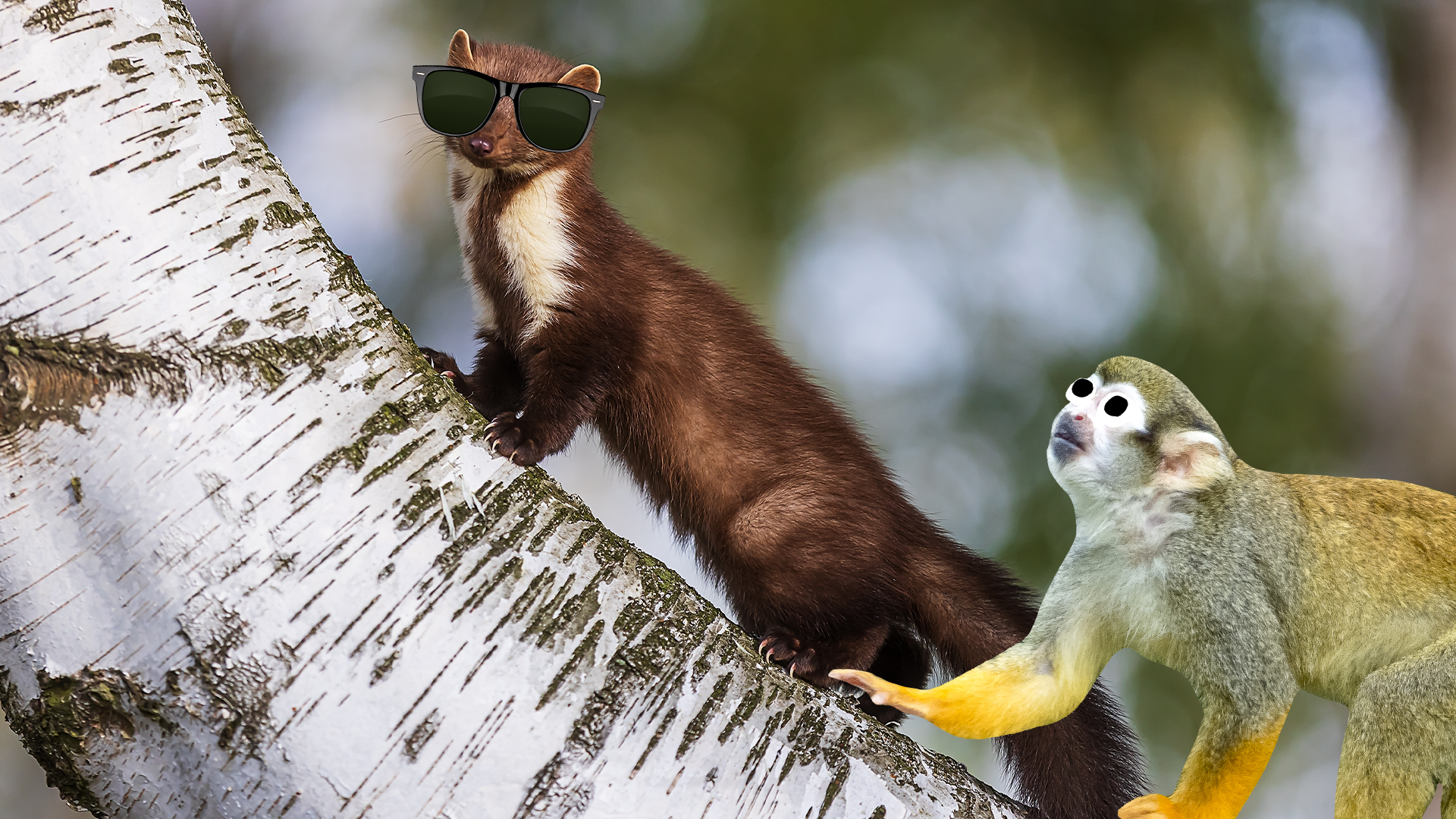
What's a pine marten? It's a cool and rare mammal related to weasels and stoats (a mustelid, to be precise!) that lives in the Scottish highlands and some parts of northern England and Northern Ireland. Pine martens live in forests, where they eat lots of bilberries (a type of blueberry) in late summer, turning their poo a blue colour!
10. The UK Has 40% of the World's Grey Seal Population
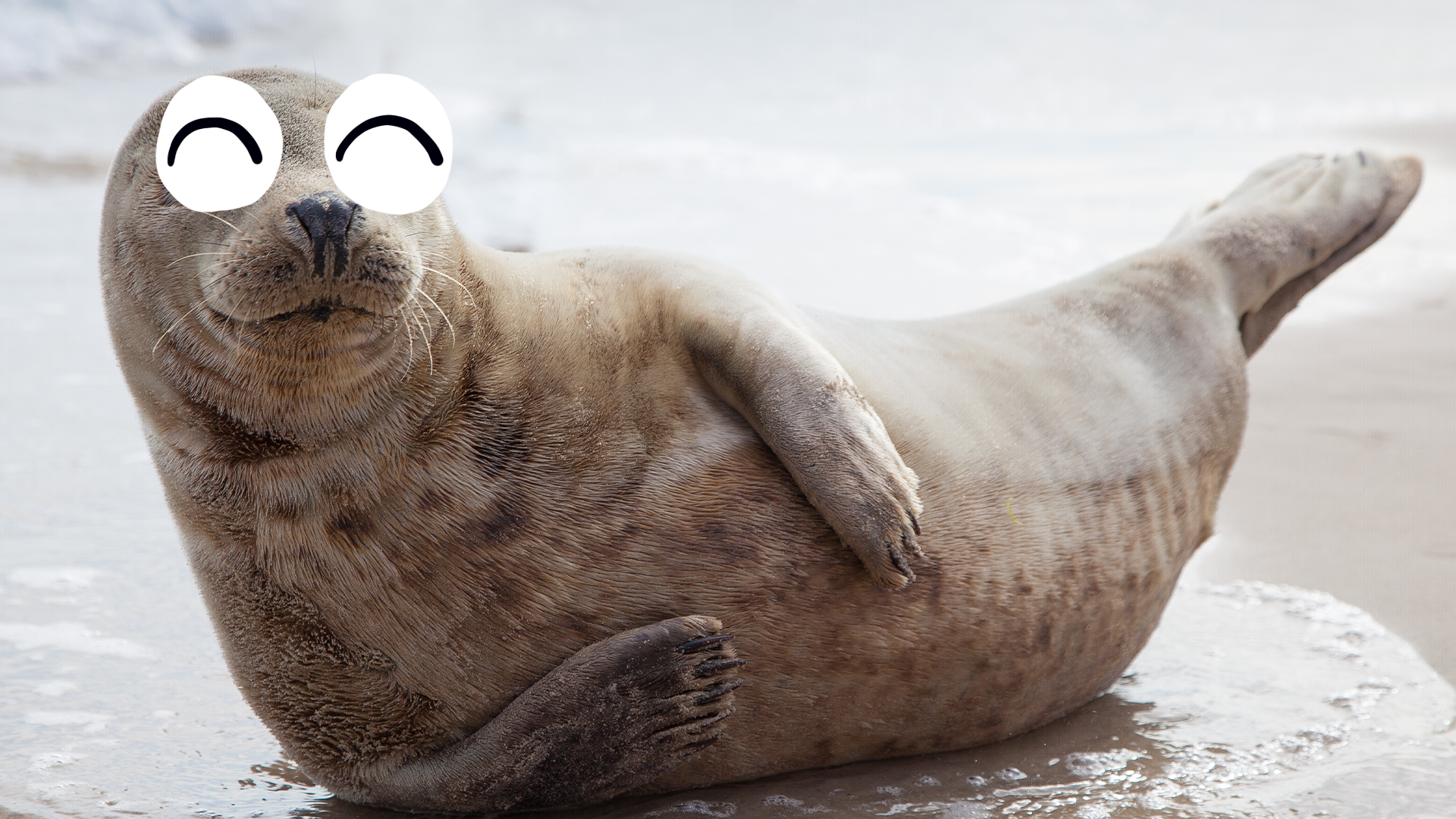
You might not think of the grey seal as very rare, but that's because 40% of their total population live in UK waters! The grey seal is actually one of the rarest species of seal worldwide! There are over 120,000 living around the shores of Britain, and you're most likely to spot them in rocky northern outcrops. The biggest grey seal colony is at Blakeney Point in England, where over 4,000 pups are born ever year!















